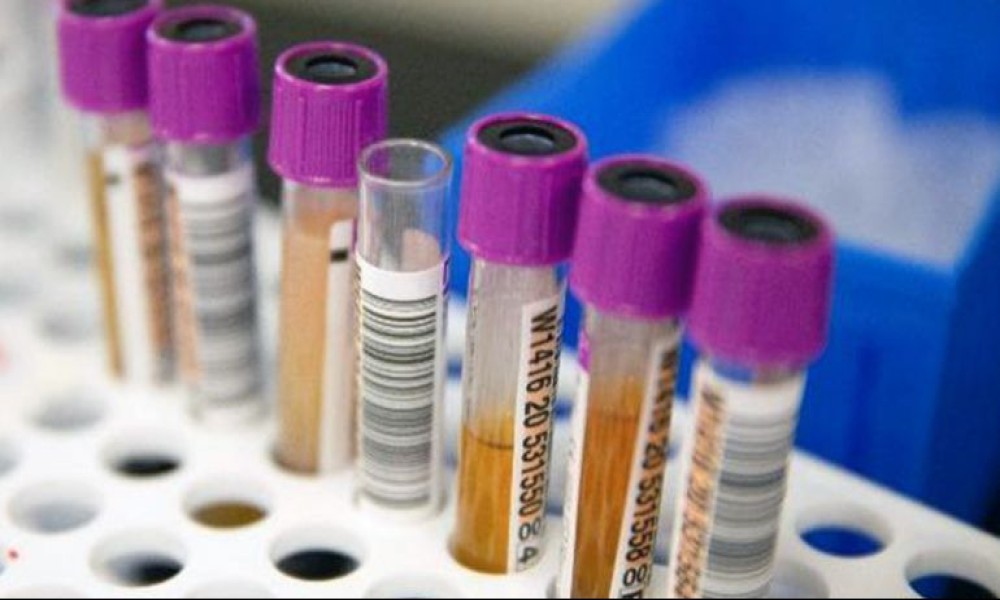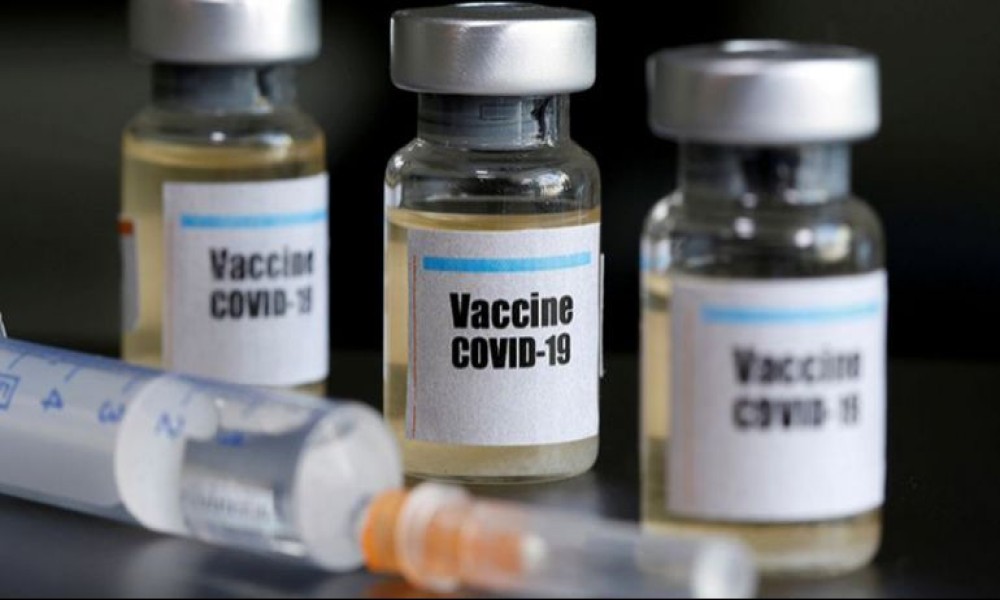Pandemics do not discriminate against anyone -- they affect everyone. The ongoing COVID-19 pandemic has also equally affected people from all classes, castes/ethnicities, and gender groups. But existing socio-economic inequalities have exposed marginalized communities more to the effects of the pandemic.
According to media reports and independent research findings, daily wage earner and illiterate groups have borne the biggest brunt of the pandemic. A sizable section of this deprived demographic group belongs to Indigenous Peoples. Most people belonging to this community are poor, live in remote areas, and lack education. Their access to media and public services is also severely limited. As a result, they lack access and resources for PCR testing and medical care.
According to media reports and independent research findings, daily wage earner and illiterate groups have borne the biggest brunt of the pandemic. A sizable section of this deprived demographic group belongs to Indigenous Peoples.
Apart from the health impact of the pandemic, Indigenous Peoples have also been hit the hardest by the lockdown imposed by the government to limit the spread of the virus. Most people from this community did not have adequate income to create savings, so they are now under tremendous financial pressure. They have lost their livelihood opportunities. They are stressed about meals, house rent and school fees for children. Financial difficult has also created mental problems. The pandemic has also disrupted Indigenous People's cultural, religious, and traditional activities.
It is obvious that the pandemic has hit socially and economically marginalized and deprived communities more than those with savings, stable jobs that can be done virtually, and access to media and public services. However, the government has remained indifferent to the unequal burden of the pandemic on marginalized people. Let alone providing special relief and care packages for these most affected communities, the government is not even bothered about managing their data. For example, the Ministry of Health regularly provides COVID-19 data disaggregated according to district, gender, and age groups. As per these data, most COVID-19 infections are concentrated in cities, and in the districts close to the India border. Similarly, relatively fewer women have been infected as compared to men. But these data do not show the full picture of how COVID-19 is raging across the country.
Though in a very limited scale, the government has been providing testing, contact tracing, quarantine, isolation, and treatment services. However, people from marginalized communities have not been able to avail of these services.
The virus is now rapidly spreading even through remote and inaccessible villages, where Indigenous Peoples have very limited access to testing and medical care. They might be infected with the virus, but their numbers are not added to the national data because they are never tested. Available COVID-19 data are not disaggregated according to caste/ethnicities, economic strata, occupation, disability status and education. So, it would not be possible to present hard data about who are most affected by the pandemic.
Though in a very limited scale, the government has been providing testing, contact tracing, quarantine, isolation, and treatment services. However, people from marginalized communities have not been able to avail of these services. Similarly, they have also not been able to get vaccines. Indigenous Peoples have native knowledge about management of such disease outbreaks, but there have been little efforts by the State to preserve and promote it.







